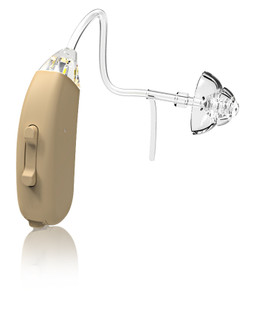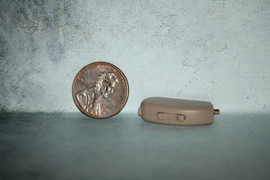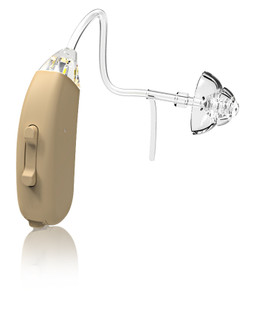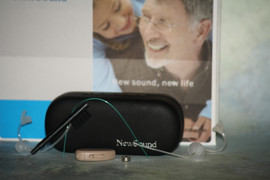The Future of Discreet Hearing Aids: Expectations and Predictions
Posted by DR Paul on Jan 11, 2024
As technology advances and innovations continue to emerge, the future of discreet hearing aids appears to be heading towards more user-friendly and effective solutions. The days of clunky and visible hearing aids are numbered, as manufacturers are exploring new ways to develop small, lightweight, and effective hearing aids that can seamlessly blend into one's lifestyle. In this blog post, we'll explore the expectations and predictions for the future of discreet hearing aids and what you can expect in the coming years.
Smaller and more discreet hearing aid designs:
It's no secret that hearing aids have come a long way from their bulky and obvious history. With new advancements in design and materials, today's hearing aids are sleeker and more comfortable to wear. But manufacturers are taking this even further, with developments in nanotechnology that could see hearing aids become almost invisible. This technology will allow manufacturers to create tiny hearing aids that can sit deep inside the ear canal, making them almost impossible to detect.
Enhanced hearing aid connectivity:
Hearing aids have come a long way in terms of connectivity, with Bluetooth technology now allowing users to connect their devices to smartphones and other wireless devices. However, the future of hearing aids will see more enhanced connectivity, with hearing aids capable of connecting to the internet and streaming music and other media directly to the user. This will allow users to have a more immersive and enjoyable listening experience.
More intelligent hearing aid functionalities:
While hearing aids already have some advanced capabilities such as noise reduction and volume adjustment, the future of discreet hearing aids will see the incorporation of artificial intelligence (AI) and machine learning. This will give hearing aids the ability to analyze and adjust to different environments, taking into consideration different factors such as acoustics, speech, and background noise. This technology will also provide new features such as the ability to identify and translate various languages in real-time, enabling hearing aid users to easily communicate with people from different parts of the world.
Longer hearing aid battery life:
One of the main challenges that hearing aid users face is the need to change batteries frequently. However, manufacturers are working on solutions for this, with the development of new rechargeable batteries that will have longer life spans. Users will be able to charge their hearing aids overnight, and the battery will last for days, ensuring that they always have a reliable and functional device.
Inbuilt hearing aid sensors and health monitoring:
Finally, the future of hearing aids will see the integration of sensors and other health monitoring features. This will allow hearing aids to monitor the user's physical activity levels, heart rate, and other vital signs. With this information, the hearing aid can adjust its settings to ensure optimal performance. This technology will also enable hearing aids to alert loved ones or medical professionals if the user experiences an emergency or falls.
The future of discreet hearing aids looks bright, with new technology expected to provide more user-friendly and effective solutions. Smaller, more intelligent, and longer-lasting hearing aids will be the norm, seamlessly blending into one's lifestyle. With AI, machine learning, and internet connectivity, hearing aids will be smarter and more intuitive, providing a more immersive and enjoyable listening experience. As hearing aid users, the best approach is to stay patient and open to new advances, as in the future we can expect to have access to even more ground-breaking technologies.










